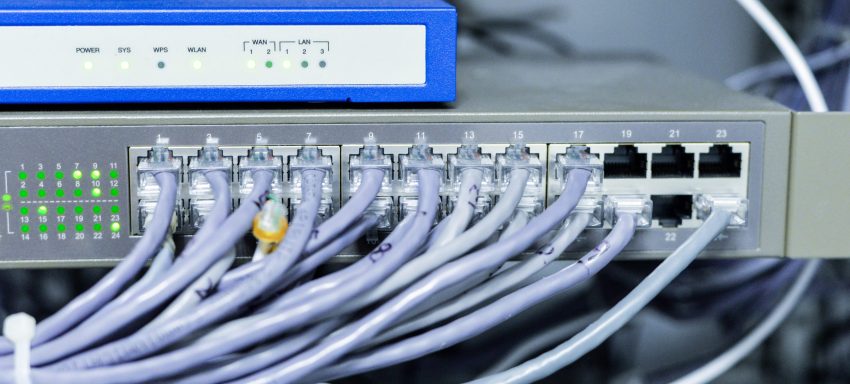Default Behavior of Interfaces
| Device | Interface Default | When Device is Plugged In |
|---|---|---|
| Switch | No shutdown command | Goes up/up automatically |
| Router | Has shutdown command | Stays admin down/down, must be enabled manually |
🟡 Switch Interfaces
- Active interfaces:
up/up - Unused interfaces:
down/down, but not administratively disabled → become active when connected
✅ Best practice: manually disable all unused interfaces
🔴 Router Interfaces
- Default state:
administratively down/down
✅ Must be manually brought up (no shutdown) to work
✅ No need to disable unused interfaces — already disabled by default
Interface Status Commands
SW1# show ip interface brief // Summary (L1/L2) – works for routers/switches SW1# show interfaces status // Physical info – switch only
| Field | Description |
|---|---|
| Port | Interface ID (e.g. Fa0/1) |
| Name | Configured via description |
| Status | connected, notconnect, or disabled |
| VLAN | Access VLAN or trunk |
| Duplex | full, half, auto, a-full (auto-negotiated full duplex) |
| Speed | auto, a-100, etc. |
| Type | Port type (e.g. 10/100BaseTX) |
Manual Interface Configuration
SW1(config)# interface f0/1
SW1(config-if)# speed 10 // 100 | auto
SW1(config-if)# duplex half // full | auto
💡 Auto-negotiation is default. Only change if issues arise.
Configure Multiple Interfaces
SW1(config)# interface range f0/5 - 6, f0/9 - 12
SW1(config-if-range)# description ## Not in use ##
SW1(config-if-range)# shutdown
SW1(config-if-range)# do show interfaces description
Duplex Modes
| Mode | Description |
|---|---|
| Half Duplex | Send/receive alternately (legacy, used with hubs) |
| Full Duplex | Send/receive simultaneously (modern switches) |
Hubs (Layer 1 devices)
- Work as repeaters: broadcast everything
- Cause collisions when multiple devices transmit at once
- All ports on a hub = one collision domain
- Use CSMA/CD (Carrier Sense Multiple Access with Collision Detection):
- Listen → Transmit → Collision? → Notify → Random wait → Retry
- Modern switches eliminate this problem with full-duplex & separate collision domains
Speed/Duplex Auto-Negotiation
- Switch interfaces: default →
speed auto,duplex auto - Negotiation logic:
- If connected device also supports auto-negotiation → best mutual setting
- If not:
- Speed: switch tries to match or falls back to slowest
- Duplex: uses half for 10/100 Mbps; full for 1000 Mbps+
🛠️ Avoid duplex mismatch → always keep auto-negotiation enabled on both ends.
| Interface Type | Supported Speeds |
|---|---|
| Ethernet | 10 Mbps |
| FastEthernet | 10/100 Mbps |
| GigabitEthernet | 10/100/1000 Mbps |
Interface Errors (Check with show interfaces f0/x)
| Error | Description |
|---|---|
| Runts | Frames < 64 bytes |
| Giants | Frames > 1518 bytes |
| CRC | Failed checksum (Frame Check Sequence error) |
| Frame | Incorrectly formatted frames |
| Input errors | Total of all the above (receive side) |
| Output errors | Failed outbound frames (transmit side) |
✅ These counters help troubleshoot cable and port issues on both routers and switches.
📌 These are personal study notes. Please read the full disclaimer for more information.
